Martin Scorses’s Killers of the Flower Moon, based on Daniel Grann’s book of the same name, examines a gruesome period in the history of the Osage Nation, as well as the aftermath of the hundreds of murders between 1910 and 1931 that became known as the Reign of Terror.
The film’s actual life incidents occurred during the widespread racial violence in America. The injustices suffered by the Osage at the hands of opportunistic men like William Hale and his nephew Ernest Burkhart went largely unnoticed by the broader public until years after Mollie Burkhart had buried her entire family.
Men like the Hales, who had made their fortunes in cattle but not oil, coveted the mineral rights (“headlights”) to the “black gold” discovered on Osage land. They married into Osage families to gain control of those headlights, then systematically murdered each family member until the assets fell into their hands.
This brutal eradication of the Osage, the majority of whom were women, came at an immense cost to their agency, dignity, and culture. Though around 80 murders were eventually solved, it’s estimated that hundreds more went unpunished and may never see justice. By the end of Killers of the Flower Moon, some justice is served, but it pales in comparison to the restitution deserved by the Osage Nation for these egregious crimes.
1. Who are the Osage Nation? Real-Life history explained
The Osage Nation, a French interpretation of the tribe’s name Wazhazhe is a First American tribe of the Great Plains originating in the Midwestern area of Ohio and Mississippi in 700 B.C.
In the 17th century, they migrated towards the meeting place of the Mississippi and Missouri rivers, and by the 19th century, the tribe had become the dominant group in the region. The Osage were feared by neighboring tribes between the Ozarks, the Wichita Mountains, and Missouri and Red Rivers and mainly subsided on agriculture and buffalo hunting.
The Osage Nation was forcibly located from Kansas to Indian Territory (present-day Oklahoma) by the United States government. They later discovered oil on their new lands, which transformed their fortunes. Their communal mineral rights system allowed many Osage to prosper from leasing fees paid on headrights.
However, their white neighbors soon schemed to defraud, manipulate, and murder them to gain control of their oil wealth.
In 2011, the U.S. government provided a settlement to the Osage Nation for past mismanagement of tribal assets. The accommodation aided the Nation’s 20000 registered members, only a third of whom still reside in Osage jurisdiction.
2. How rich The Osage Nation is?
At the time of the Osage murders, members of the tribe were among the wealthiest people per capita in America. They purchased luxury cars, hired personal drivers, dined on imported oysters, and lived in mansions. However, after guardianship was imposed, their spending was closely scrutinized, and even necessities were severely rationed. Over time, exploiters depleted Osage’s oil wealth until descendants of the Reign of Terror did not know their ancestors’ lavish lifestyles.
Today, the Osage Nation occupies a 1.47 million-acre reservation that, like many in America, relies partially on federal assistance. However, oil royalty payments stemming from ancestral headrights still provide income, albeit far short of past fortunes. Of the five major Oklahoma tribes, the Chickasaw have emerged as the wealthiest from the legacy of their oil rights.
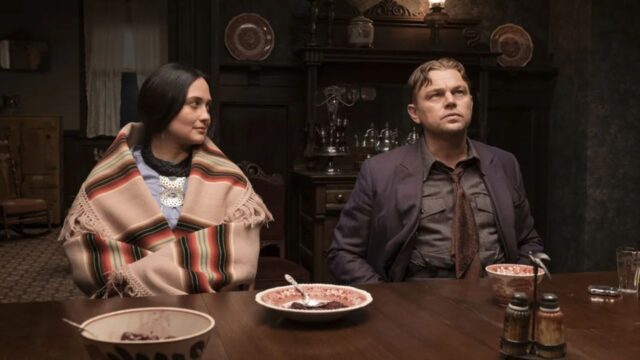
3. How many people died in The Osage Murders?
Over 80 people died during the Reign of Terror, including William Hale, Ernest Hale, Byron Hale, and many others, but these are only the famous ones. As many Osage elders point out in Killers Of The Flower Moon, hundreds of Osage died under mysterious circumstances to gain rights, but not all of their remains have been identified or even seen.
They just lost, while local law enforcement and city officials covered up the brutal killings with such a formality that family members would weep wondering who would be next.
Even today, members of the Osage Nation search through family records to discover, to their horror, that the coroner’s report falsely claims that the suicide and accident were brutal murders.
As the Flower Moon Killers make clear from the beginning, many bodies are dumped in ravines, left on roadsides, thrown into rivers, or buried, never to be found again, where detectives report gunshots in the back. The film sheds light on the terrifying truth about the Osage murders.
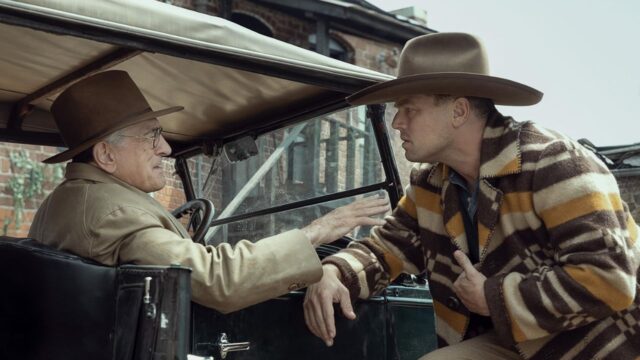
4. What happened to The Osage Nation after Killers Of The Flower Moon?
After the Bureau of Investigation sent agents to Oklahoma to ferret out the perpetrators of the Osage murders and various courts convicted William, Byron, and Ernest Hale as the ringleaders, the Osage Nation tried to move on from the tragedies.
Radio dramas, such as the one staged at the end of Killers of the Flower Moon, made the rest of the Nation aware of the injustice and pain they suffered, and they garnered support for their cause. However, widespread racism and prejudice still made it difficult for the Osage Nation to recover their land and accounts.
Scorcese included other significant historical events like the Tulsa race riot, and the rise of the Klu Klux Klan to highlight that abhorrent hate crimes were rampant in America when the Osage Nation was fighting for justice.
William Hale died an older man at 87, and Ernest and Byron served their time and lived out the remainder of their days together. Several books were written about the Osage murders, including the one Killers of the Flower Moon is based on, but unfortunately, even with renewed interest, records that would help surviving relatives reclaim their inheritance have been lost or destroyed.
5. About Killers of the Flower Moon
Killers of the Flower Moon is a 2023 American epic revisionist Western crime drama film directed and produced by Martin Scorsese, who co-wrote the screenplay with Eric Roth, based on the 2017 book of the same name by David Grann.
Its plot centres on a series of Oklahoma murders in the Osage Nation during the 1920s, committed after oil was discovered on tribal land. Leonardo DiCaprio, Robert De Niro, and Lily Gladstone lead an ensemble cast that includes Jesse Plemons, Tantoo Cardinal, John Lithgow, and Brendan Fraser.
It is the sixth feature film collaboration between Scorsese and DiCaprio and the tenth between Scorsese and De Niro and the eleventh and final collaboration between Scorsese and his musical partner, Robbie Robertson, who passed away two months before the film’s release; the film is dedicated to Robertson.
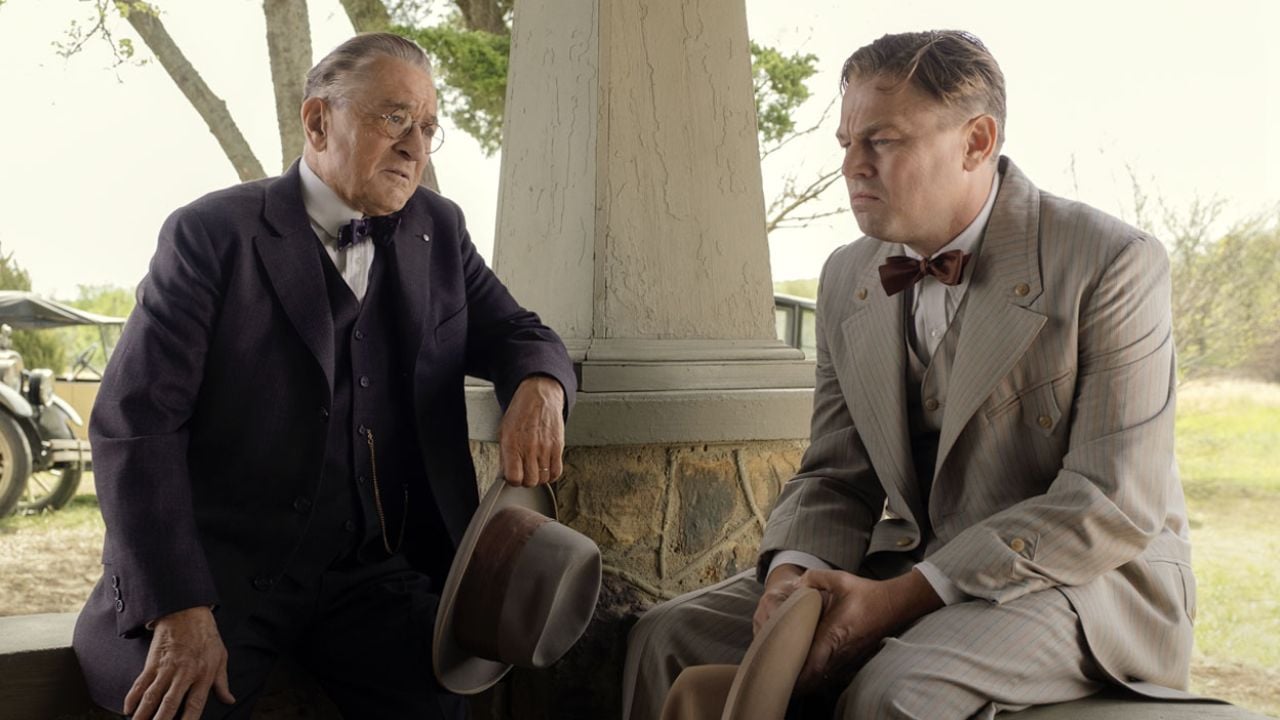
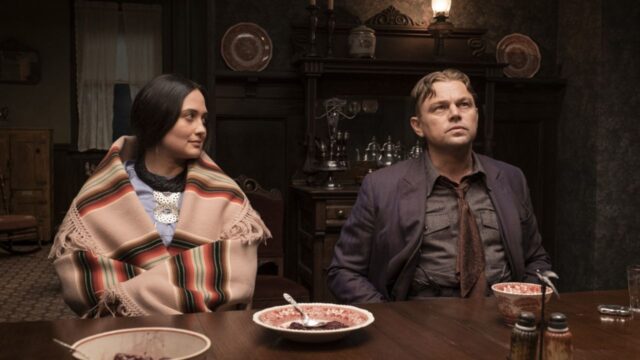
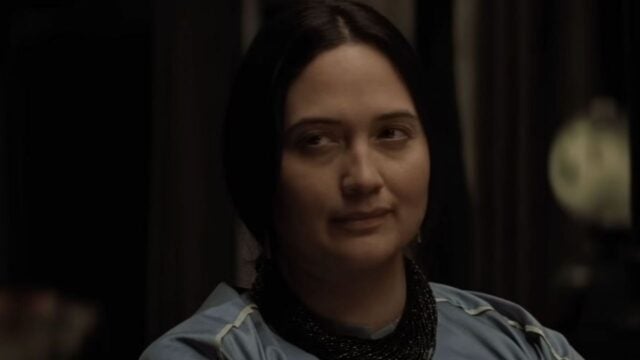
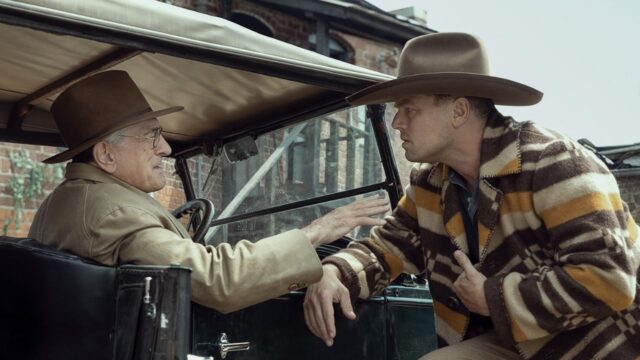




No Comments on Killers of the Flower Moon Osage Nation History & Murders Explained